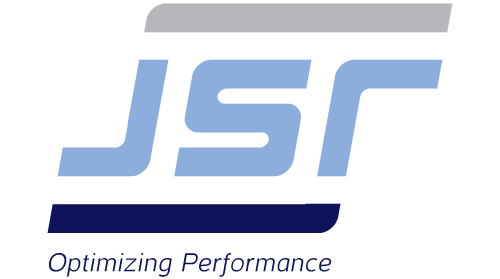
BY: ROBERT KATUNTU, CFA
Introduction
Uganda’s retirement benefits sector is growing rapidly, with increasing membership, contributions, and assets under management (AuM). Yet, the sector remains heavily concentrated in traditional investments—primarily government securities, which, according to the URBRA Investment Snapshot, account for 82% of AuM as of September 2024. This overreliance exposes pension funds to inflation erosion, market volatility, and limited returns.
To meet long-term obligations and enhance member value, pension funds must diversify into alternative assets. These offer higher return potential, lower correlation to public markets, and opportunities to support national development.
What Are Alternative Assets?
Alternative assets are non-traditional investments that include:
- Private Equity (PE) & Venture Capital (VC): Direct investments in private companies—PE targets mature SMEs, VC focuses on startups.
- Real Estate: Income-generating commercial and residential properties.
- Infrastructure: Energy, transport, and telecom projects.
- Private Debt / Direct Lending: Loans to businesses or projects, often filling gaps left by banks.
These assets typically require longer holding periods and active management but offer attractive returns and diversification benefits.
Strategic Rationale for Diversification
Alternative assets align with modern portfolio theory and offer:
- Enhanced Returns: Illiquidity premiums and active value creation can outperform traditional assets.
- Risk Mitigation: Low correlation with public markets reduces volatility.
- Inflation Protection: Real assets often have inflation-linked cash flows.
- Development Impact: Investments in SMEs, infrastructure, and housing stimulate economic growth and indirectly benefit pension members.
A Phased Investment Approach
Entering the alternative asset space requires discipline and structure. A four-phase framework is recommended:
Phase 1: Internal Readiness
- Governance & Expertise: Assess internal capacity. Recruit specialists or advisors if needed.
- Investment Policy Statement (IPS): Amend IPS to include alternatives, define allocation limits, risk metrics, and structures.
- Strategic Asset Allocation (SAA): Begin with a modest allocation (e.g., 5%) and scale up with experience.
Phase 2: Sourcing & Due Diligence
- Deal Sourcing: Engage with investment banks, advisors, and industry networks.
- Due Diligence: Conduct thorough financial, legal, technical, and market assessments. This phase is more intensive than traditional investments.
Phase 3: Structuring & Execution
- Investment Structuring: Choose efficient legal and financial structures (e.g., SPVs, limited partnerships). Consider tax and regulatory implications.
- Execution: Finalize documentation, disburse funds, and record investments.
- Active Management: Monitor KPIs, participate in governance, and provide strategic oversight.
Phase 4: Exit & Performance Measurement
- Exit Strategy: Plan exits at entry—via trade sales, IPOs, or asset disposals.
- Performance Benchmarking: Use IRR and MOIC to evaluate returns against expectations and traditional benchmarks.
Uganda’s Opportunity Landscape
Ugandan pension funds can unlock value in several sectors:
- Private Equity: Agribusiness, FMCG, and manufacturing SMEs need capital to scale and modernize.
- Venture Capital: FinTech and digital startups offer high-growth potential. A fund-of-funds model may reduce risk.
- Real Estate: Demand for affordable housing and commercial space is rising in urban centers.
- Infrastructure: Co-investments in PPPs for energy and transport align with national goals and offer stable returns.
Risks and Mitigation
Alternative assets carry unique risks:
- Illiquidity: Long lock-up periods require careful liquidity planning.
- High Due Diligence Costs: Evaluating deals is expensive and may erode returns on small allocations.
- Valuation Challenges: Lack of market pricing can lead to mispricing and opacity.
- Operational Risk: Direct investments expose funds to project delays and management failures.
- Regulatory & Political Risk: Tax changes, land disputes, or political interference can affect returns.
- Currency Risk: Foreign-denominated investments are vulnerable to exchange rate fluctuations.
Conclusion: A Call for Strategic Boldness
Ugandan pension funds must evolve from passive investors in public securities to active partners in national development. Alternative assets offer a pathway to higher returns, better risk management, and broader economic impact.
Success requires strong governance, internal capacity, and a culture of active ownership. By following a phased, prudent strategy, pension funds can unlock the full potential of alternative investments—securing member futures while fueling Uganda’s transformation.
Robert Katuntu is a Partner at J. Samuel Richards & Associates, Certified Public Accountants.
